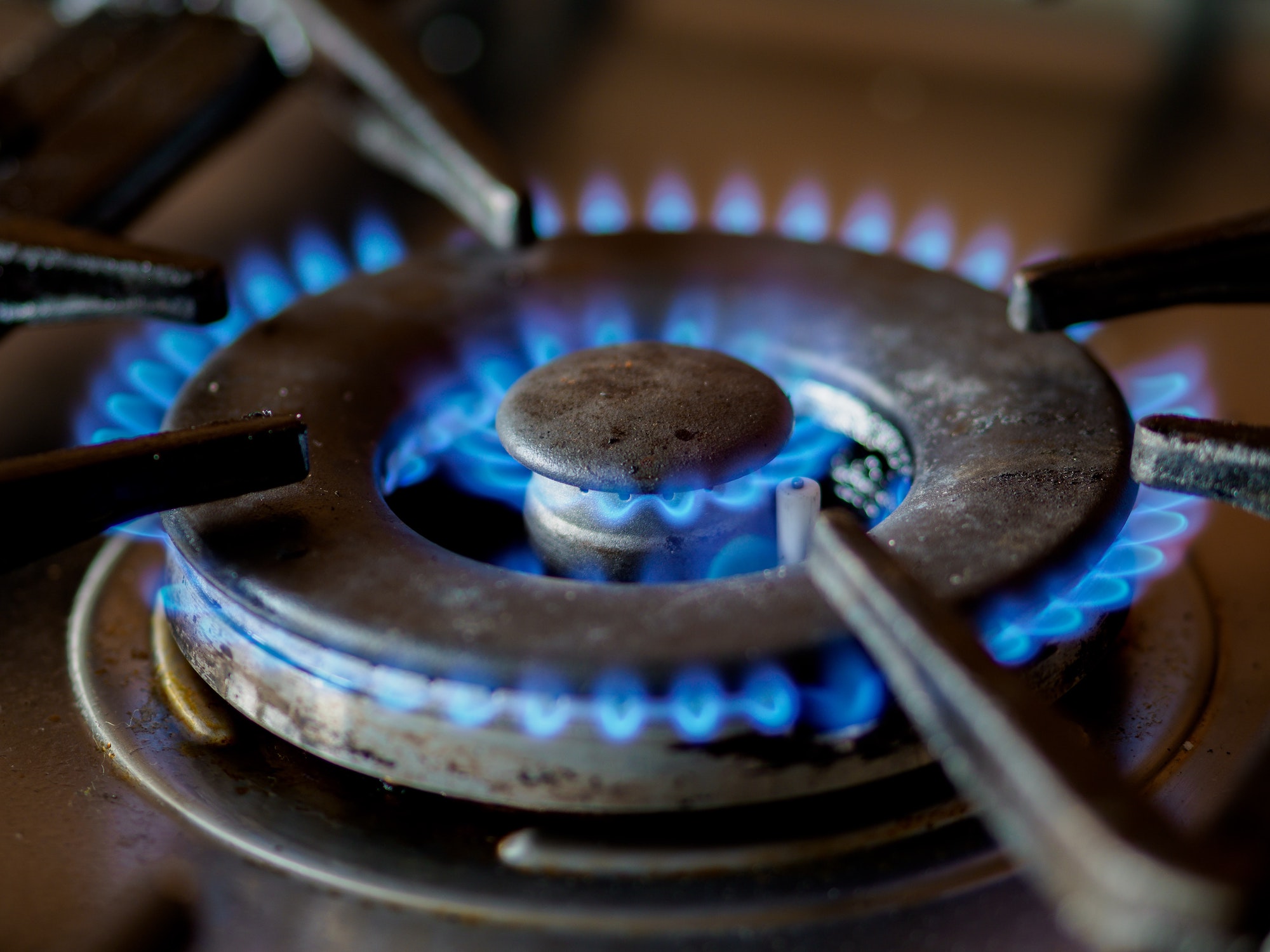We depend on the products around us every single day – from car parts to the medication we put in our bodies, to household appliances. Products on the market must meet reasonable quality and safety standards to make sure they’re safe for their intended use.
And yet, products fail all the time because of defects – and the appliances in our homes are no different. When defective products malfunction, people can get seriously injured. Some injuries may require extensive medical treatment, while others may leave permanent scarring. Victims may face huge repair bills because of property damage in their homes.
It’s wild to think that something as ordinary as an item on your kitchen counter can do so much damage. Some defective products are so dangerous that companies must recall millions of products from homes and store shelves across the country. Recalled products can result in personal injury lawsuits or class actions against the manufacturer.
But companies don’t always do the responsible thing. A product recall can cost millions of dollars. As a result, manufacturers with a lot to lose may try to bury any evidence that their product was defective. This inaction could lead to even more injuries until enough people get hurt that the people responsible can no longer ignore the issue.
Common Household Products That Can Be Defective
If a product is defective, modern safety features may not work properly or engage in time. Sometimes, a product’s defect is actually related to its safety features.
We assume that the appliances we use in our homes every day are safe. But even a minor defect could cause catastrophe when electricity, pressure, or high temperatures are involved. The following household goods have a history of becoming dangerous when defective:
- Pressure cookers – The popularity of modern pressure cookers like Instant Pot cannot be denied. High pressure and high heat allow these appliances to create complete meals in just 30-40 minutes, with a variety of functions. Although pressure cookers come with safety features, when these products are defective, regular users may end up opening the lid while the contents inside are still pressurized. This can cause the pressure cooker to explode, spraying searing hot food and liquid in all directions. Multiple lawsuits have been filed and pressure cooker brands have been recalled. One brand was recalled because of users experiencing electric shocks.
- Space heaters – Though space heaters are economical and convenient, they’re also dangerous. Portable or stationary heating devices are responsible for causing 4 out of 5 deaths from home heating fires, according to the National Fire Protection Association. These appliances can spark fires if they have faulty electrical wiring or filter issues, or if they’re placed too close to flammable objects like furniture or bedding. Space heaters and other heating devices like heated blankets should have proper safety features to cut down on the risk of fire. If these features fail, the consequences could be fatal.
- Washers and dryers – Faulty thermostats or temperature switches, broken timers, bad wiring, or failing power cords can all cause washing or drying machine fires. Electrical fires can spark unexpectedly and spread quickly, with disastrous results. One 4-year period saw 7 civilian deaths, 344 injuries, and $233 million in property damages from fires caused by home dryers. 27% of these dryer fires were caused by mechanical failures or malfunctions, while 16% were caused by electrical issues.
- Stoves and ovens – Stovetops and ovens are no strangers to fires, whether the appliances are gas or electric. According to the NFPA, ranges and cooktops caused 61% of reported cooking fires, 78% of injuries, and 87% of deaths. Ovens may burn or melt because of faulty doors, defective thermostats, or electrical malfunctions. GE is one example of a manufacturer having to recall defective ovens because of their fire risk, especially during the extreme heat of the self-cleaning cycle.
- Other countertop appliances – No appliance is immune from being defective – microwaves, slow cookers, even dishwashers or refrigerators. Manufacturers may cut corners or fast-track quality assurance processes to get products to market. If a product is dangerous by nature, manufacturers are also responsible for including proper warnings. Otherwise, the product could have a “failure to warn” type of defect.
Consumers who rely on home appliances trust manufacturers to create products that are safe when properly used. When manufacturers or product designers drop the ball, innocent people can get hurt. If companies dig in their heels and refuse to take corrective action when a defect is found, that can result in even greater harm to even more people.
Who Is Liable If a Product Is Defective?
Who is legally responsible, or liable, when a defective product causes injuries and damages? Are retailers liable for faulty or defective products? What about manufacturers?
Fortunately, figuring out exactly who is responsible for a product defect is not on you. After all, it’s not your job to figure out why a defect happened or to fix it. That would be completely unreasonable. That responsibility falls on the people who made and sold the product.
This means that when you file a lawsuit against a defective product, you can file it against anyone involved in the making and distribution of that product. Even if ultimately a retailer isn’t responsible for a product’s defect, they’re still responsible for their part in making that product available to consumers. So if you file a lawsuit against that retailer and win, it falls on them to establish who is really at fault and sue that party for their role in the defect.
How Do You Prove a Product is Defective?
Proving products liability can get a little complicated, which is why it’s important to talk to a personal injury attorney who can help guide your case to a favorable solution.
A defect could be caused by a manufacturing error, a design error, or a failure to warn.
- You can prove a manufacturing error by showing that the defective product is significantly different from other manufactured copies of that product.
- You can prove a design error by showing that even when manufactured correctly, the defective product poses a risk of danger that the average consumer would not notice.
- You can prove failure to warn by showing that the product’s creator knew or should have known of risks that would not be obvious to the average user, and failed to put enough warnings to make consumers aware of those risks.
An experienced personal injury attorney can not only help you identify what type of defect you’re dealing with, but also gather the evidence you’ll need to prove your case. At Harlan Law, we can help. Call Jordon Harlan now at (619) 870-0802 or use our contact form to get started.




